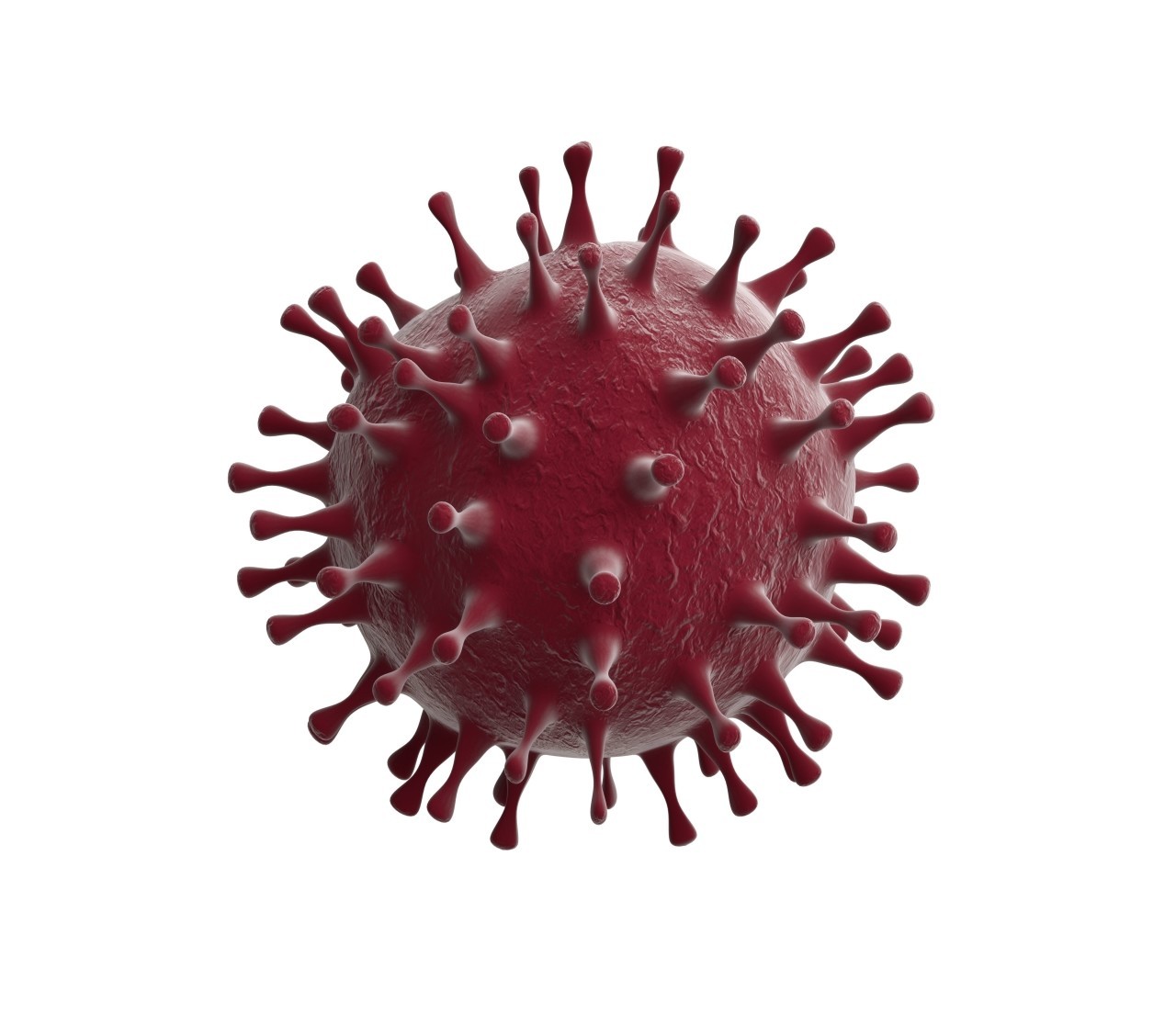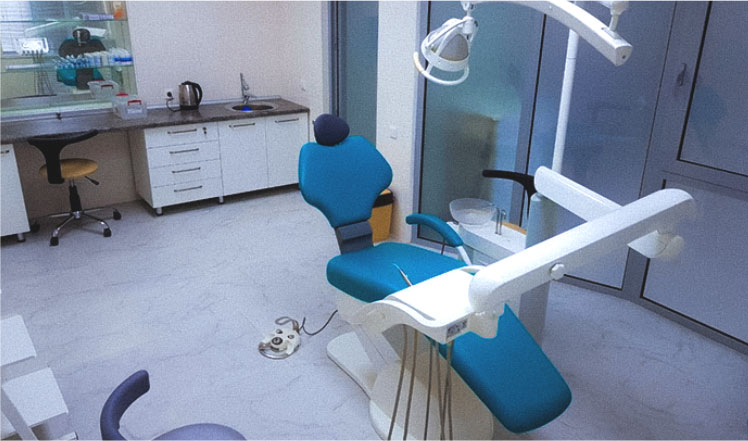New opportunities in the optimization of epilepsy treatment in adolescents

In the pubertal period, the most severe forms of childhood epilepsy persist and are modified; genetically determined syndromes, atypical for early and late age periods, make their debut.
Hereditary predisposition, instability of homeostatic mechanisms, neuroendocrine restructuring at the age of puberty and the influence of factors contributing to the realization of a genetic defect lead to a long-term transformation of mediator systems and formation of epileptic activity in adolescents. The authors present common approaches in the treatment and characterization of the modern antiepileptic drug perampanel, which is highly effective in treatment of patients with resistant forms of epilepsy. The article presents a summarized overview of the clinical forms of adolescent epilepsy observed in a psychoneurological department and an analysis of treatment results. A clinical case of the successful use of the antiepileptic drug perampanel in a female patient with focal seizures with secondary generalization of epilepsy, type I neurofibromatosis is presented.




